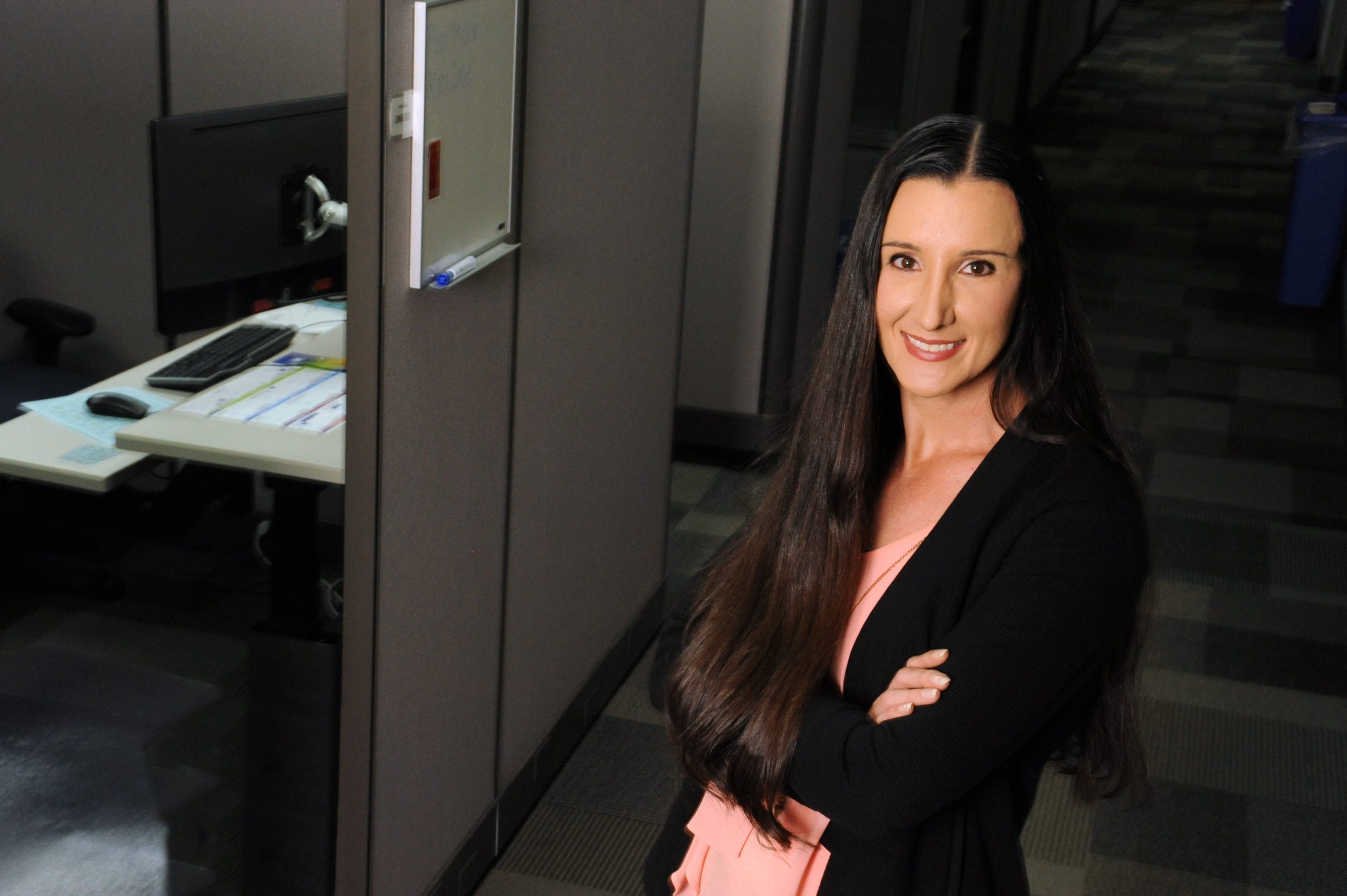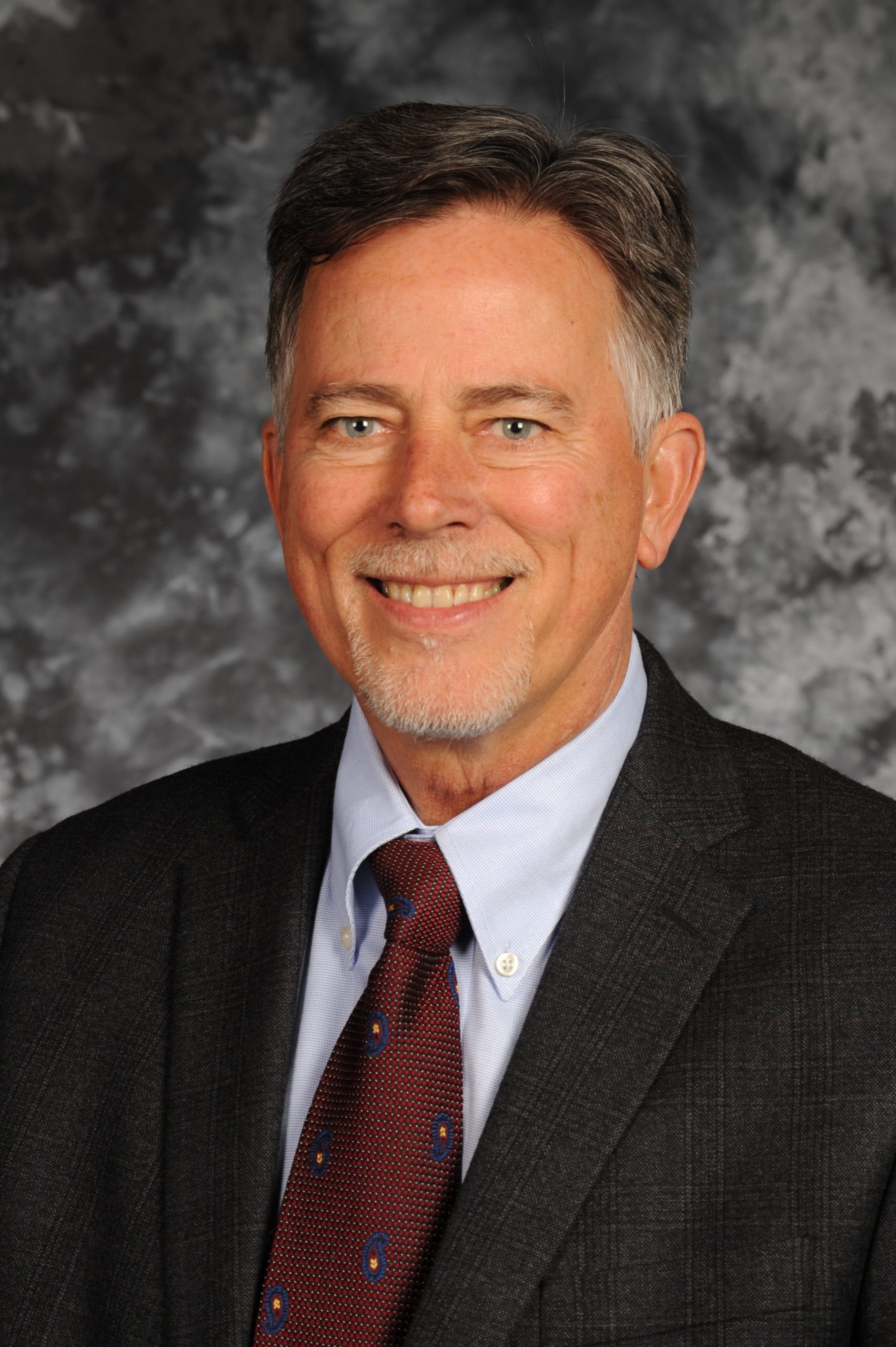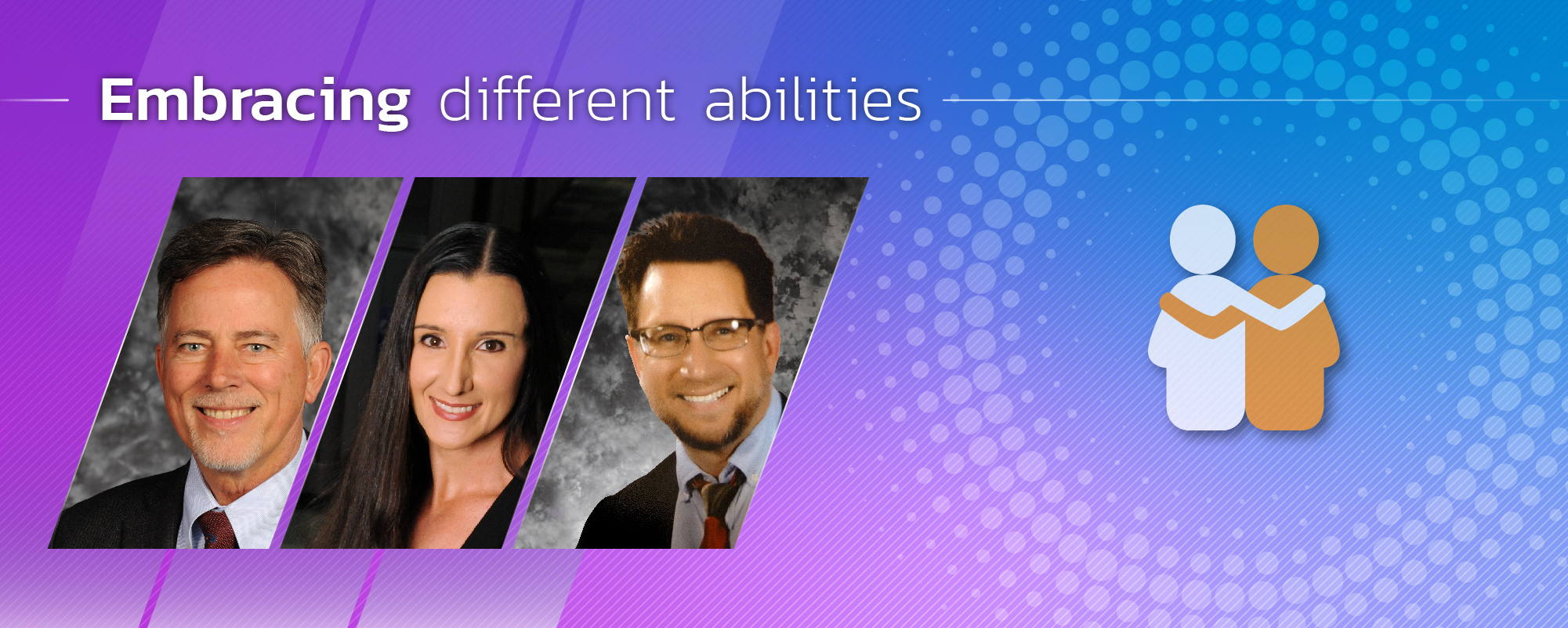Vince Chermack wasn’t always the kind of kid to immerse himself in books. In fact, he hated reading, but it wasn’t until he got to college that he realized why.
 Vince Chermack
Vince Chermack
“My professors told me to get tested for dyslexia,” he says. “Growing up, I tried a lot of different things to deal with it, but once you know what you’re dealing with, it’s a lot easier to deal with.”
Like three-quarters of all disabilities, dyslexia is largely invisible and, says Chermak, highly misunderstood: “I can’t read words on a page backwards. For me, it’s a problem of tracking, of taking in information from the outside world and processing it in my brain.”
Chermak, a physicist in the Environmental, Safety, Health and Quality Division, knows that some aspects of his job require reading. It’s not that he can’t read, it’s just that it takes a toll. “What my wife might read in one night might take me a week,” he says. “If we watch a movie and someone says, ‘The book was better,’ I say, ‘No, the movie was better,’ because reading is such a pain for me.”
How does he deal with it? When he can’t avoid printed text, he often circles or highlights it. Sometimes he takes a black marker to erase parts that distract from the main points of the text. “If it doesn’t add value, I don’t want it on the page,” he says.
Although Chermak had known for years that she was dyslexic, she had never considered disclosing her disability at work. But a message she received from Inclusion last year changed her mind: “I think a lot of people don’t register as disabled because they don’t need accommodations. I didn’t disclose it because I didn’t need accommodations.”
Many people will be surprised at the list of symptoms included in the disability self-report, and even if you think your symptoms are well managed, you are encouraged to self-report them in the system.
For the purposes of the Voluntary Disability Declaration, a disability is defined as a physical or mental impairment or medical condition that significantly limits a major life activity, or a history or record of such an impairment or medical condition. Disabilities include, but are not limited to:
Autism Autoimmune diseases (such as lupus, fibromyalgia, rheumatoid arthritis, HIV/AIDS) Blindness or low vision Cancer Cardiovascular disease or heart disease Celiac disease Cerebral palsy Hearing impairment or hearing loss Depression or anxiety Diabetes Epilepsy Gastrointestinal disorders (such as Crohn’s disease or irritable bowel syndrome) Intellectual disability Missing or partial limbs Neurological disorders (such as migraines, Parkinson’s disease, multiple sclerosis (MS)) Mental illnesses (such as bipolar disorder, schizophrenia, PTSD, severe depression)
There is no need to specify the nature of a disability on the self-report form, simply check “yes” or “no.” This information helps you make meaningful strategic decisions about how to best support employees throughout their careers at the Institute. Accurate data also informs decisions and investments that improve culture, collaboration, belonging, engagement and retention.
October is National Disability Employment Awareness Month. While it may be human nature to be tempted to downplay or deny a disability, research shows that disclosing a disability can improve emotional well-being, job satisfaction, and productivity.
As you know, INL is committed to inclusion and diversity and working to create teams that are psychologically safe for everyone. As a federal contractor, we are required to provide equal access to employment opportunities for qualified individuals with disabilities and measure our progress toward achieving a benchmark of at least 7% employees with disabilities. But that’s not the only reason we do this. We are inclusive of every demographic group. The Institute has consistently exceeded that benchmark for many years. INL takes our commitment to inclusion seriously, and 2021 marks the fourth consecutive year we’ve been recognized as a leader in disability employment by the American Association on Disabilities.
Chermack said he learned other things about himself through confessing, like his inability to recognize people in unfamiliar places. “If I ran into a coworker at Walmart, I probably wouldn’t recognize them,” he said.
Keeping things open suits him, and he encourages self-awareness in others. “It’s all about embracing yourself, playing to your strengths, recognizing the areas you’re not so good at, and leveraging the abilities of others to make up for your own shortcomings,” he said. “We all need to understand what it takes to get along.” And that’s our goal: to create a place where everyone feels a sense of belonging, is open to multicultural experiences, and can work together effectively to enhance mission success.
Even if we don’t have a disability, it often impacts our lives as family members, friends and caregivers. That’s the case for Michelle Bishop, an IT vendor manager in the Information Management division. Her husband, Jeremy, was diagnosed with multiple sclerosis in 2007. The diagnosis has made their family stronger, not just emotionally, but physically.
 Michelle Bishop
Michelle Bishop
“Unfortunately, I’m not naturally a very patient person,” Bishop said. To cope, she chose self-discovery and self-care, and started bodybuilding. “I already had a passion to get strong, and I’d been training for years,” she said. But with the help of Crabapple’s personal trainer, Aaron Shaw, she took home three trophies at the Idaho Muscle Classic in June 2021.
“You have to pay close attention to every detail, like how much muscle I need to gain, how much weight I need to lose. It’s very meticulous,” she says. It also gave her husband a way to support her. “That’s a big part of my success,” she says. And the whole family started eating healthier and motivating each other.
“There’s always something to look forward to. I’m an eternal optimist,” Bishop said. “You may not be able to change what happens to you, but you can work on how you respond to the situation and try to get better.”
Bishop’s senior leadership team member and chief information officer, Bob Hillier, has type 2 diabetes and admits that until recently he had never really thought about identifying as disabled. “I consider myself healthy,” he says. According to the guidelines, you can self-identify as disabled even if you’re managing your condition well. As life changes and we evolve, the disability community is a group we’ll all be a part of at some point.
“My recommendation would be to continually evaluate where we are as people and, if we need an accommodation, make that request,” he said. “I know INL is committed to making sure we all can be our best selves every day and have the resources we need.”
 Bob Hillier
Bob Hillier
Hillier is aware that diabetes is a long-term disease that can change suddenly and unexpectedly. Three years ago, he went to hospital after he began retaining fluid and his blood sugar became unbalanced. “For most people, exercise and controlling your diet can lead to a healthy lifestyle, but with diabetes you have to be constantly committed,” Hillier said.
With the COVID-19 pandemic not yet over, an entirely new group of people with disabilities may emerge: “long-haulers.” Common symptoms of long COVID include fatigue, difficulty thinking or concentrating (brain fog), shortness of breath or difficulty breathing, persistent headache, lightheadedness, palpitations, chest pain, and chronic cough. The Department of Health and Human Services and the Department of Justice have recognized this as a significant health issue and have begun providing joint guidance that long COVID may be a disability under the Americans with Disabilities Act (ADA), the Rehabilitation Act of 1973, and the Patient Protection and Affordable Care Act.
The pandemic has been stressful for everyone, Bishop said. “It’s given us an opportunity to look at people more closely. It hasn’t been easy for any of us.” After all, it’s always good to ask yourself what you can improve. “I truly believe in treating everyone equally. If you show dignity, respect and kindness to each person you encounter, you can’t go wrong.”

